Spot welding is a type of welding that joins two pieces of metal by creating a weld between them that is very small in size. The weld is created by using an electric current to heat the two pieces of metal until they are hot enough to fuse together. This type of welding is often used to join thin pieces of metal together, such as sheet metal or auto body panels. It can also be used to create joints in thicker pieces of metal. Spot welding is a popular choice for many DIYers because it is a relatively easy process to learn and doesn’t require expensive equipment.
The following will provide more information about spot welding:
What does spot welding look like?
Spot welding creates a weld that is very small in size. The weld is created by using an electric current to heat the two pieces of metal until they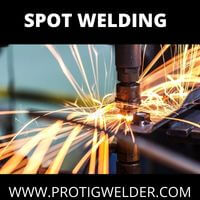
What are some other names for spot-welding?
It is also commonly referred to as resistance welding, spot-resistance welding, or spot-point welding.
Which tools are needed for spot-welding
Spot welding requires a few basic tools that are relatively inexpensive and easy to find. You will need a welder, clamps, and electrodes. The welder can be an electric welder or a MIG welder. The clamps are used to hold the pieces of metal together while they are being welded. The electrodes are used to create the weld.
What materials can be spot-welded?
Spot welding is often used to join metal of the same type together. For example, it is commonly used to join steel panels. It can also be used on other metals such as aluminum and stainless steel.
What materials are spot-welds typically used to join?
Used when joining thin pieces of metal, such as sheets of metal or auto body panels. It can also be used to create joints in thicker pieces of metal.
How are spot welds typically used?
Spot welding is often used in the automotive industry, but it can also be found in other industries such as home construction and repair. It is an easy process to learn that most DIYers can do at home.
What is the purpose of spot-welding?
It is used to create a weld that joins two metal pieces together. It can also be used to cover sharp edges or seams on thin sheets of metal.
What are some benefits of spot welding? For example, is it fast, cheap, etc.?
Spot-welding is a popular choice for many DIYers because it is a relatively easy process to learn and doesn’t require expensive equipment. It also creates strong, reliable joints that are easy to repair.
Here are some tips to keep in mind when performing a spot-weld:
1) Make sure that the metal is clean before beginning the welding process.
2) Use a strong electric current. A voltage of at least 700 volts should be used.
3) Keep the tip of the welding rod at a 90-degree angle from the metal being welded.”
Benefits of Spot welding
– It is a fast and easy process to learn.
– The equipment required for Spot welding is inexpensive.
– You can create joints in thicker pieces of metal that are too big for other types of welds.
– You can easily get a uniform weld.
Drawback of Spot welding
The main drawback of spot welding is that it can only be used to join two pieces of metal that are in contact with each other. This means that it can’t be used to weld a piece of metal to a non-metallic surface. It also limits the size of the weld, so it can’t be used to weld large pieces of metal together.
Most important things to consider when Spot welding
When spot welding, there are a few things to keep in mind:
1. Make sure the metal is clean and free of any dirt or oils.
2. Preheat the metal so that it is hot enough to weld.
3. Use a low current setting to create the weld.
4. Move the welding electrodes back and forth across the weld joint to create a consistent weld.
5. Don’t apply too much pressure when welding, as this can cause the metal to lose its shape.
6. Keep the welding electrodes parallel to each other when welding.
7. Weld in a well-ventilated area, as the fumes from welding can be harmful.
8. Always wear safety goggles and gloves when welding.
9. Ensure you have a grounded metal surface when welding.
10. Ensure the metal you are welding is not coated with paint or some other type of sealant that will prevent heat from reaching the joint
11. Allow the weld to cool before touching it, as it can feel very hot and be covered with molten material that could give you a bad burn
12. Rough up the surfaces of each piece of metal before welding – this helps create enough friction to join them and allows for a more stable and durable connection
13. A thicker gauge wire will help create a more stable spot, especially when using thin pieces of metal like aluminum sheeting
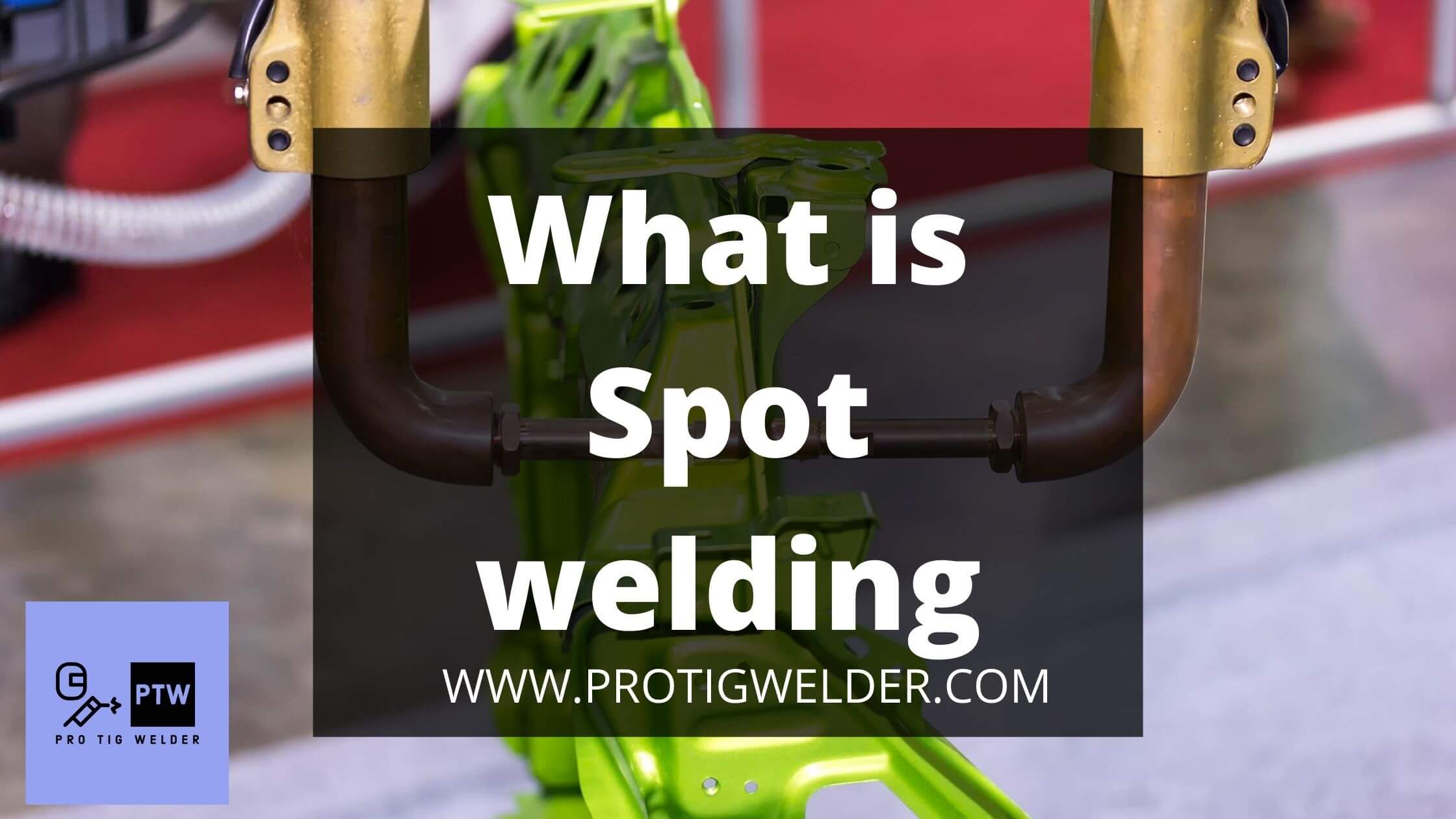
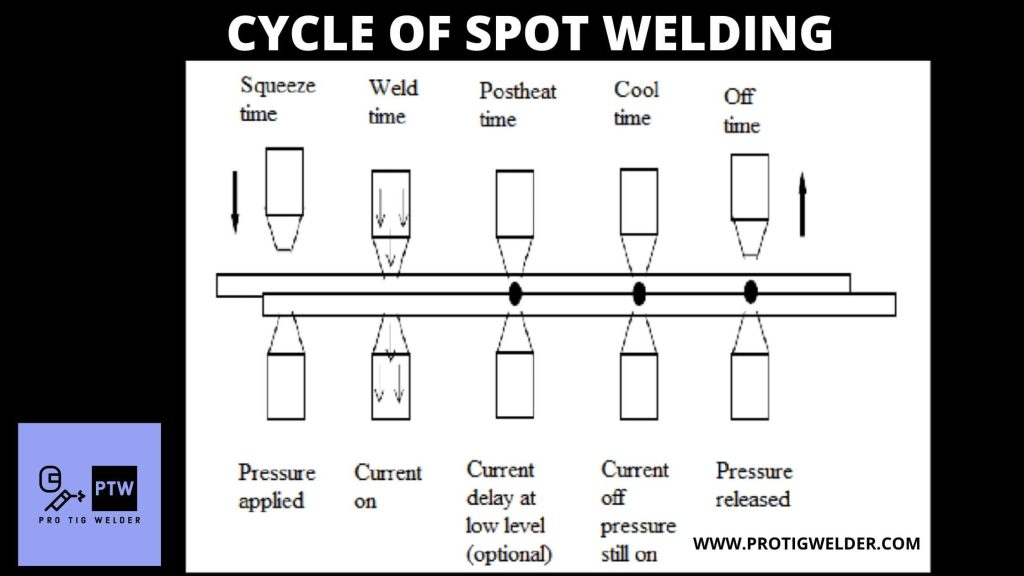
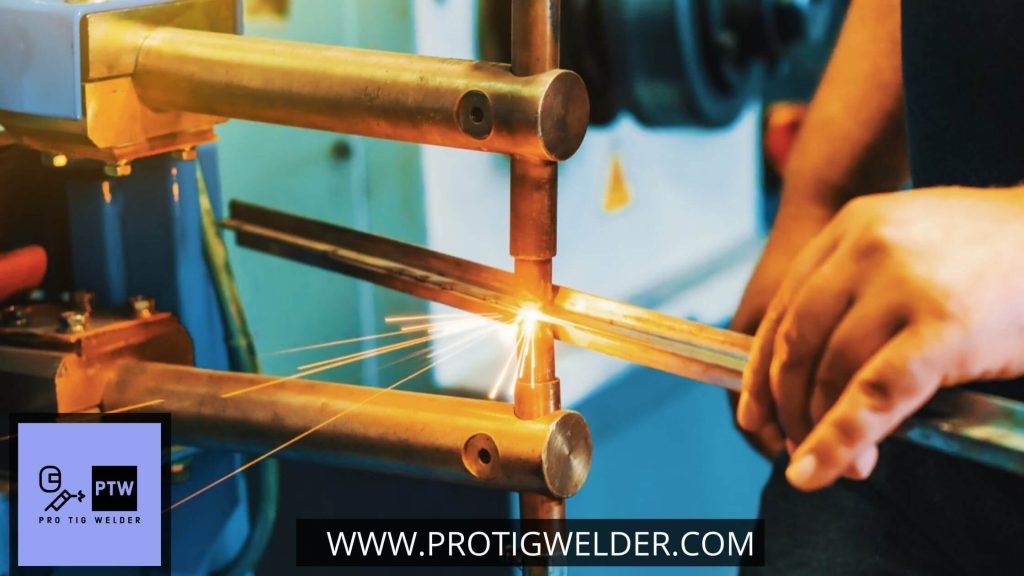
![How TIG Welding works? [Understanding of TIG Welding] How TIG Welding works](https://protigwelder.com/wp-content/uploads/2021/12/How-TIG-Welding-works-1-150x150.jpg)
![Difference Between TIG and MIG Welding? | [Update 2022] Difference Between TIG and MIG Welding](https://protigwelder.com/wp-content/uploads/2021/12/Difference-Between-TIG-and-MIG-Welding-1-150x150.jpg)
![What is MIG and TIG Welding | Best Guide 2022 [PTW] what is mig and tig welding (1)](https://protigwelder.com/wp-content/uploads/2022/01/what-is-mig-and-tig-welding-1-150x150.jpg)
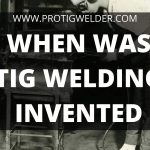
![What Is Friction Welding Process? | [Best Guide - PROTIGWELDER] What Is Friction Welding Process](https://protigwelder.com/wp-content/uploads/2022/01/What-Is-Friction-Welding-Process-150x150.jpg)
![How to Weld Cast Iron? [Ultimate Guide] | PROTIGWELDER How to Weld Cast Iron](https://protigwelder.com/wp-content/uploads/2021/12/How-to-Weld-Cast-Iron-1-150x150.jpg)
![How to Weld Stainless Steel? [Complete Guide] | PROTIGWELDER How to Weld Stainless Steel](https://protigwelder.com/wp-content/uploads/2021/12/How-to-Weld-Stainless-Steel-1-150x150.jpg)
![How to Weld with Flux Core | [Ultimate Guide by PROTIGWELDER] how to weld with flux core](https://protigwelder.com/wp-content/uploads/2022/01/how-to-weld-with-flux-core-1-150x150.jpg)
![Yeswelder MIG-205DS Reviews [2022] | PROTIGWELDER Yeswelder MIG-205DS Reviews](https://protigwelder.com/wp-content/uploads/2022/01/Yeswelder-MIG-205DS-Reviews-150x150.jpg)
